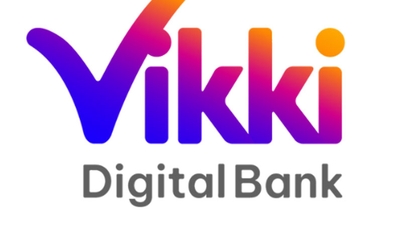According to MalwareBytes, the most common form is a fake message or email from Facebook, Meta or security services, with the content warning that the account is at risk of being locked. These messages often ask users to verify information or click on a link to "protect the account".
If done, the victim will be taken to a fake Facebook login page, where all personal information, passwords, and two-factor authentication codes can be stolen. In some cases, the malware will also download itself, taking control of the device.
Users need to be vigilant against increasingly sophisticated scams.
MalwareBytes said that in the fake emails, every link - from the "Report User" and "Unsubscribe" buttons to the hidden email address at the bottom of the message - leads to a single purpose: opening an email program with pre-written content to trick users into sending personal information to the scammer.
Facebook recommends that users absolutely do not click on any links or attachments in security warnings, unless they are sure that the source is official. Valid Facebook and Meta email addresses only include: fb.com, facebook.com, facebookmail.com, meta.com, metamail.com . If the email comes from unfamiliar domains such as shoe businesses, travel agencies or Gmail accounts, delete it immediately and do not respond.

Several features are available to help users enhance the security of their personal pages.
To protect your account, experts recommend enabling two-factor authentication, regularly checking login activity, setting strong passwords, and not sharing login information. If you discover your account has been compromised, visit Facebook's official support page to restore control at: https://www.facebook.com/help.
Source: https://doanhnghiepvn.vn/cong-nghe/thu-doan-danh-cap-tai-khoan-facebook-tinh-vi-nguoi-dung-luu-y-tranh-lot-luoi/20250815045155401




![[Photo] Keep your warehouse safe in all situations](https://vphoto.vietnam.vn/thumb/1200x675/vietnam/resource/IMAGE/2025/10/1/3eb4eceafe68497989865e7faa4e4d0e)
![[Photo] Hanoi morning of October 1: Prolonged flooding, people wade to work](https://vphoto.vietnam.vn/thumb/1200x675/vietnam/resource/IMAGE/2025/10/1/189be28938e3493fa26b2938efa2059e)


![[Photo] President of the Cuban National Assembly visits President Ho Chi Minh's Mausoleum](https://vphoto.vietnam.vn/thumb/1200x675/vietnam/resource/IMAGE/2025/10/1/39f1142310fc4dae9e3de4fcc9ac2ed0)
























































































Comment (0)